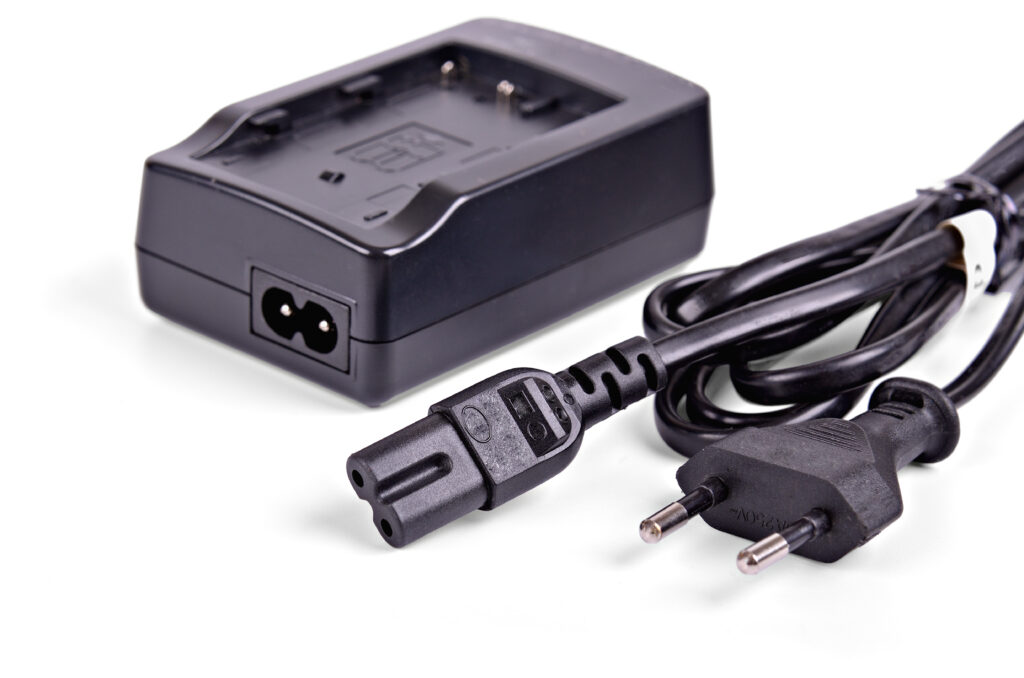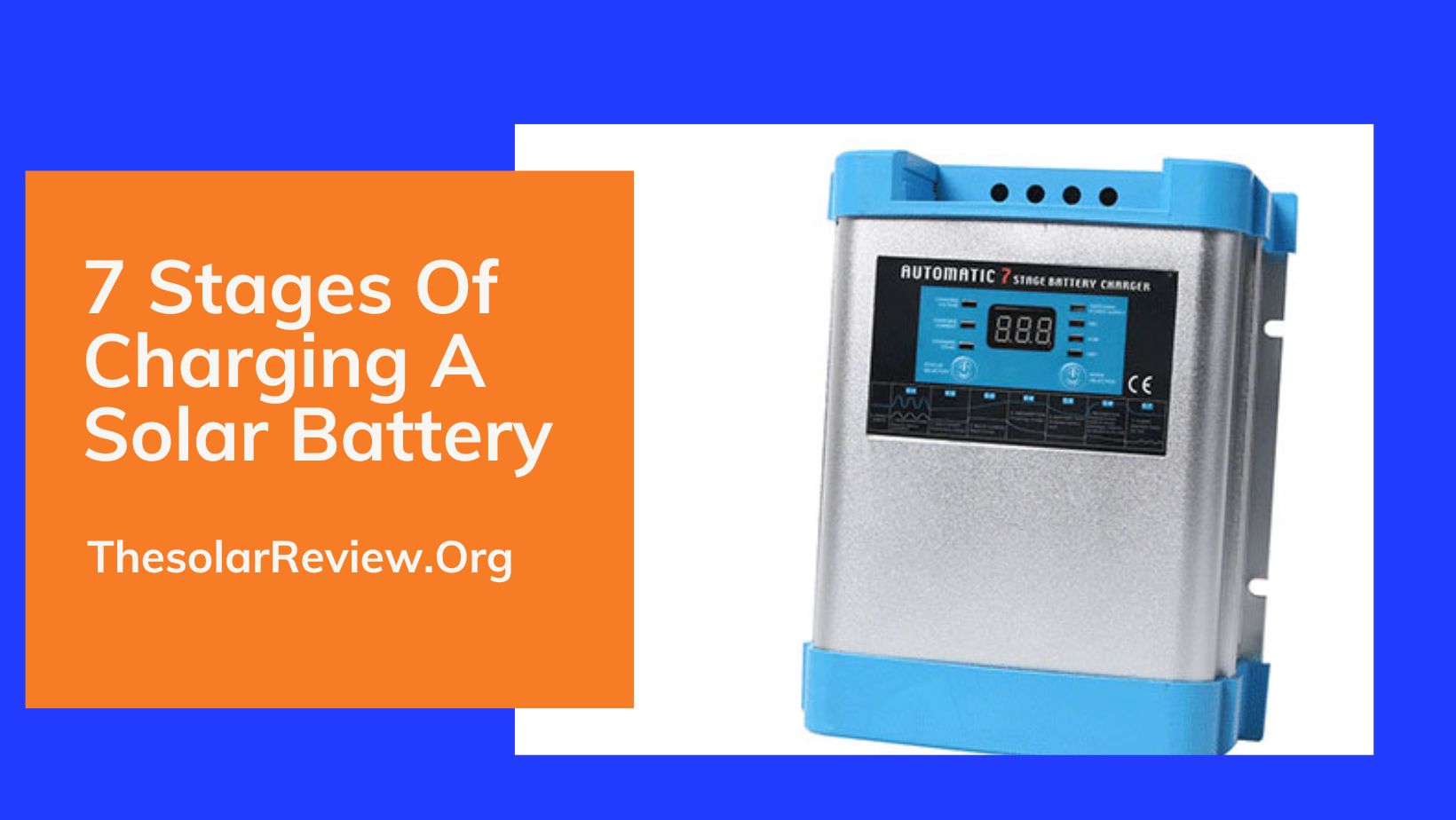Solar battery charging involves 7 Stages Of Charging A Solar Battery out there, simply plugging in and waiting. It’s an excursion with four significant stages: Mass, Retention, Float, and Evening Out. Each stage plays an extraordinary part in preparing your battery to drive your life.
In this article, we will simplify and explain these7 Stages Of Charging A Solar Battery to help you understand how to charge your battery correctly, whether it’s in your phone, your car, or your solar power system.
7 Stages Of Charging A Solar Battery
Let’s investigate how these 7 Stages Of Charging A Solar Battery cooperate to keep your batteries sound and all set.
The manner in which a sun-oriented battery gets charged relies upon the kind of battery, the charge regulator, and the charging procedure utilized. There are a couple of stages engaged with charging a sunlight-based battery, including.
1. Mass Charging
This is the main phase of charging, where a high current is utilized to rapidly energize the battery to around 80% of its ability. This stage sees an increase in voltage.
2. Absorption
When the battery voltage moves toward its most extreme level, the charger changes to a steady voltage mode while decreasing the current. Because of this, the battery can reach its maximum capacity more slowly.
3. Float Charging
Subsequent to arriving at full charge, the charger enters a support stage where it gives a lower voltage to keep the battery in a wholly energized state. This stage is vital for batteries in backup applications.
4. Leveling (Adjusting) Optional
For lead-corrosive batteries, a leveling stage might be incorporated to cheat the battery at a higher voltage, guaranteeing all cells are equally charged and forestalling delineation.
The number of stages might contrast in view of the complexity of the charge regulator and the kind of battery science (e.g., lead-corrosive, lithium-particle). High-level charge regulators consolidate extra stages or elements to enhance battery charging and well-being.
4 Phases Of Battery Charging
The number of charging stages for a sun-powered battery can change depending on the kind of battery, the charge regulator, and the charging procedure utilized. The following are typical phases of a solar battery system’s charging.
1. Charging in bulk
This underlying stage includes conveying a high current to quickly charge the battery to around 80% of its ability. The voltage consistently ascends during this stage.
2. Absorption
When the battery voltage moves toward its most extreme level, the charger changes to a steady voltage mode while lessening the current. This permits the battery to arrive at its total limit gradually..
3. Float Charging
The charger enters a maintenance phase after reaching full charge, providing a lower voltage to maintain full charge. This stage is significant for batteries in backup applications.
4. Adjustment (Adjusting) Optional
An equalization stage can be added to lead-acid batteries to ensure that all cells are evenly charged, and stratification is prevented by overcharging the battery at a higher voltage.
The number of stages might contrast in view of the complexity of the charge regulator and the sort of battery science (e.g., lead-corrosive, lithium-particle). High-level charge regulators might consolidate extra stages or elements to streamline battery charging and well-being.
What Is A Lithium Battery Charger’s Absorption Mode?
There isn’t a specific “absorption mode” for charging lithium-ion batteries like there is for lead-acid batteries. Lithium-particle batteries have an alternate charging profile contrasted with lead-corrosive batteries, and the stages are frequently rearranged.

Lithium-particle battery charging regularly comprises two essential stages:
1. Steady Current (CC) Stage
During this stage, the charger supplies a consistent current to the lithium-particle battery until it arrives at a foreordained voltage edge. The voltage increments slowly as the battery charges.
2. Consistent Voltage (CV) Stage
When the battery arrives at the voltage edge, the charger changes to a consistent voltage mode. The voltage stays the same throughout this stage, and the current gradually decreases. This prevents overcharging and allows the battery to reach total capacity more slowly.
The “retention” stage, as found in lead-corrosive batteries, doesn’t have an identical stage in lithium-particle battery charging. Lithium-particle batteries are intended to work securely inside a restricted voltage range, and their charging interaction is overseen by inner control hardware to forestall cheating or overheating.
It’s vital to utilize a charger explicitly intended for lithium-particle batteries to guarantee protected and effective charging, as the charging qualities and prerequisites can fluctuate between various lithium-particle sciences (e.g., lithium iron phosphate and lithium polymer).
How Long Can A Battery Be Float-charged?
The term float charging a battery relies upon a few variables, including the battery type, its ability, the charger settings, and the producer’s suggestions. Float charging commonly includes keeping up with the battery at a predefined voltage to keep it wholly energized without cheating. Typical float voltage values for lead-corrosive batteries are around 13.5 to 13.8 volts for a 12-volt battery.
Here are a few typical rules:
1. Lead-Corrosive Batteries
Lead-corrosive batteries utilized in reserve applications, similar to crisis reinforcement frameworks or uninterruptible power supplies (UPS), can be float-charged endlessly as long as the voltage is kept up inside the suggested range. Intermittent upkeep, for example, checking water levels for overflowed lead-corrosive batteries, is fundamental.
2. Lithium-Particle Batteries
Lithium-particle batteries commonly don’t need float charging, similar to lead-corrosive batteries. They have inherent security hardware to forestall cheating, and the charger may consequently change to a lower voltage or support mode when wholly energized. When it comes to maintaining lithium-ion batteries, it’s best to follow the manufacturer’s instructions.
3. Other Battery Chemistries
Float charging for other battery sciences, like nickel-cadmium (NiCd) or nickel-metal hydride (NiMH), may have explicit rules given by the producer.
It’s vital to allude to the battery producer’s documentation for the suggested float voltage and length. Overcharging the battery or float charging it beyond what the manufacturer recommends can harm it and shorten its lifespan.
Ordinary observing and upkeep are fundamental to guarantee that the battery stays looking great during float charging.
What Is Mass Versus Retention Versus Float?
The three stages of lead-acid battery charging are clearly summarized in a tabular form:
| Charging Stage | Purpose | Mode | Voltage | Duration | Efficiency |
| Bulk Charging | Rapidly charge to 80% | Constant current (high) | Gradually rises | Until around 80% charge | Quick charging, efficient |
| Absorption Charging | Complete to 100% | Constant voltage (lower) current | Constant voltage | Typically last 20%Capacity | Prevents overcharging, |
| Prevent Overcharging | avoids overheating | ||||
| Float Charging | Maintain at full charge | Constant voltage (Very low) current | Slightly lower | Indefinite, for standbymode | Maintains charge withoutovercharging or damage |
| compensate for self-discharge |
These stages are fundamental for improving lead-corrosive battery execution and guaranteeing their drawn out dependability.
Conclusion: 7 Stages Of Charging A Solar Battery
As we wrap up our investigation of the particular 7 Stages Of Charging A Solar Battery, obviously the excursion from a drained battery to a completely energized one is a painstakingly organized process. Mass charging competitions to fill the battery rapidly, retention guarantees it arrives at full limit without cheating, and float charging keeps up with that ideal charge over the long run.
These 7 Stages Of Charging A Solar Battery, while contrasting in their methodology, share a shared objective: to keep our batteries sound, effective, and prepared to drive our lives.
Furnished with this comprehension, we can pursue more shrewd decisions with regards to charging our gadgets, vehicles, and, surprisingly, sunlight-based power frameworks, at last expanding the life and unwavering quality of our appreciated batteries.







